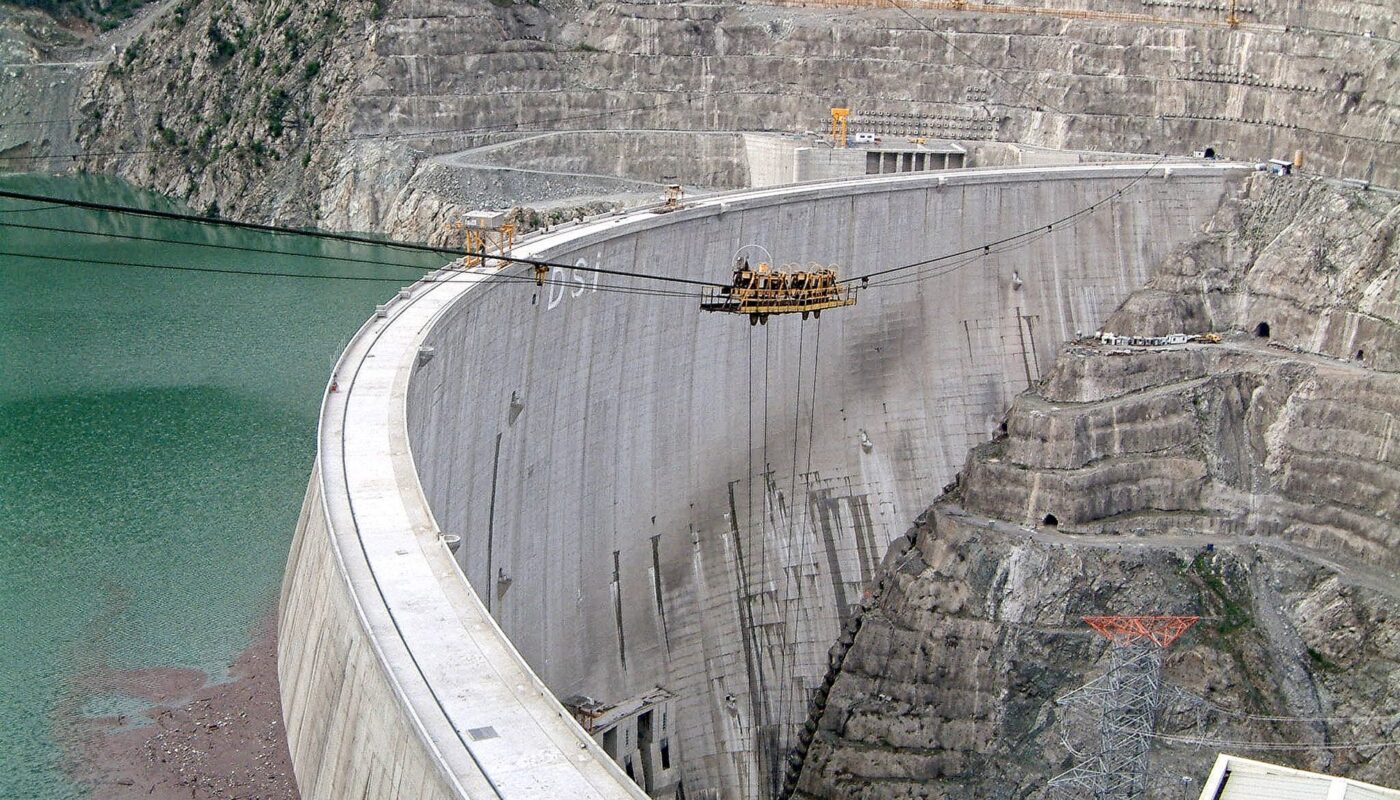The focus on carbon storage has been increasing in recent years as a means to reduce carbon dioxide and combat global warming. While efforts have primarily focused on terrestrial forests, soils, and wetlands, such as mangroves and seagrasses, new research suggests that marine sediments also play a significant role in carbon storage.
Marine sediments found on marginal continental shelves, which account for only 8% of the world’s ocean area, have the capacity to store 80% of the planet’s organic carbon. This organic carbon is derived from phytoplankton and the metabolic actions of microbes in sediments, as well as carbon-rich material brought to the ocean floor by riverine transport and coastal erosion.
A recent study, published in Frontiers in Marine Science, examined carbon storage in the western Pacific Ocean since 1855. The research specifically noted the negative impact of reservoir construction on carbon stocks.
The study, led by Dr. Haili Ma from the Ocean University of China, analyzed 17 sediment cores from the South Yellow Sea and East China Sea. The researchers measured the total organic carbon in the samples, which represents the concentration of organic carbon derived from natural sources like plants.
Several trends were identified in the data. Firstly, there was a decline in carbon stocks between 1855 and 1950, attributed to extreme flooding in 1851 to 1855 that caused the Yellow River to change its course and relocate the estuary. Secondly, carbon stocks increased after 1950 due to wind-enhanced sediment transport during winter monsoons. Lastly, carbon stocks have decreased since 1990 due to lower sediment transport along the Yangtze River, which has reservoirs and dams built upstream.
The study found that the global average carbon stocks in marine sediments are 66.6 tons per hectare (t/ha). However, in the South Yellow Sea, this figure has been reduced by 32% to 45.2 t/ha. Despite this decline, the region has higher sediment accumulation rates (2.7 mm/yr) and a carbon stock accumulation rate of 0.31 t/ha/yr. With its large marginal marine area on the continental shelf (4.7 million km2), the scientists estimate that a significant amount of carbon, approximately 0.75 petagrams, could still be stored in this region. However, this amount only represents a fraction of the atmospheric carbon growth rate, which is estimated to be 5.4 ± 0.2 petagrams per year. Additionally, only 40% of this carbon growth rate has the potential to be absorbed by the oceans.
The sediment cores analyzed also revealed that the total organic carbon content ranged from 0.12% to 1.31%, with a slight decrease downcore. The researchers observed a negative correlation between carbon content and dry bulk density, which refers to the compaction of sediments and the influence of grain size on weight and volume. There was also a noticeable trend of declining total organic carbon content from north to south in the study area, corresponding with an increase in sediment grain size.
Furthermore, the study found that carbon reservoir stocks varied from 0.12 to 0.83 t/ha across the study region. However, there was a notable decline since the early 1990s, coinciding with the construction of reservoirs in the Ou River basin in 1988 and 1989. The construction of the Three Gorges Dam along the Yangtze River in 2003 further reduced sediment transport by 63% compared to 1950, diminishing the capacity to transport carbon for burial on the marginal marine shelf.
This research is significant as it highlights the unintended consequences of human interference in various environmental systems, specifically the carbon cycle. Future construction of dams and reservoirs must consider the negative impact on carbon stocks, which can contribute to global warming by allowing organic carbon to reenter the atmosphere. Additionally, the localized effects of such interference should also be taken into account.



